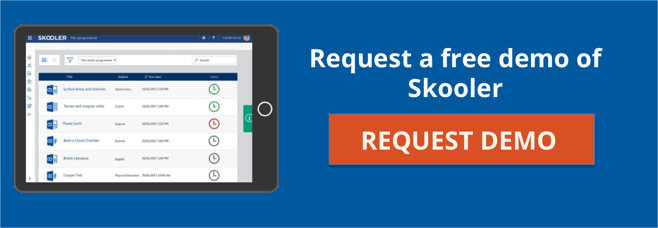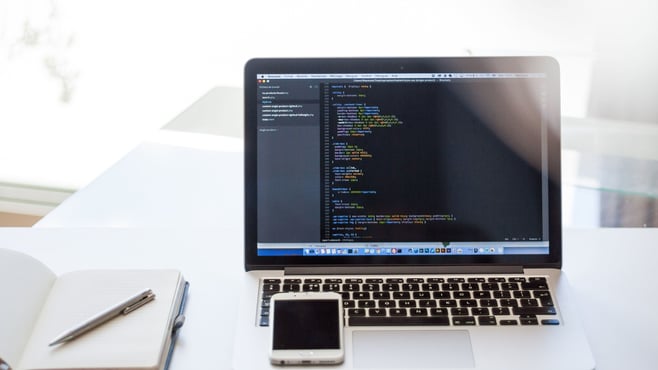
“Teachers need to integrate technology seamlessly into the curriculum instead of viewing it as an add-on, an afterthought, or an event.” – Heidi-Hayes Jacobs
Technology has impacted every facet of our lives over the last few years – from our personal lives and our business interactions to our school systems and the ways in which we learn. Seeing how fast technology has evolved over the last decade, we can be sure of one thing – we are yet to see the best of it.
While nobody can be 100% on the mark about the future – these are the technology trends in education in 2017 that will have the biggest impact on teachers and students:
Coding and programming
According to a recent survey, most primary teachers feel more confident and at ease with coding and programming. This is largely due to the fact that there has been a focus in the UK curriculum on the subject for the last couple of years.
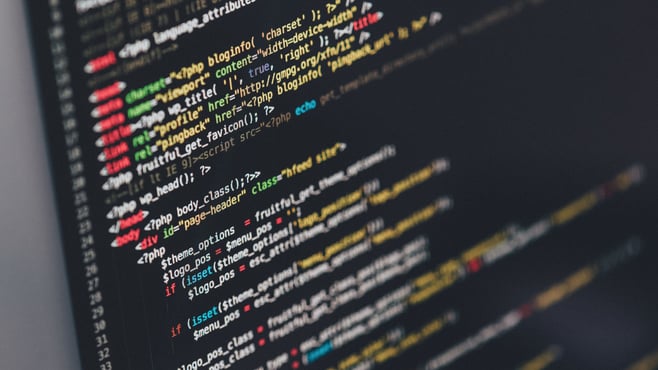
Grassroots programs such as Hour of Coding have made coding all the more accessible to teachers and students all over the world. There are also a number of platforms such as Code.org, which can be used to learn coding. This accessibility means that we should see coding and programming being increasingly integrated into schools’ curricula.
VR/Augmented reality
While many classrooms have VR headsets and are experimenting more – the true extent of what we can do with augmented reality was seen when Microsoft Hololens teamed up with Case Western Reserve University’s medical department. Students can now put on the Hololens headsets and do virtual operations on the body and other organs – an opportunity they would very rarely get with real people (for obvious reasons).

Imagine how exciting it would be, as a student, to learn about the ocean – not through notes and videos but by being virtually transported under the sea to discover everything yourself. VR and augmented reality has the potential to completely transform the way that we learn.
Student privacy
The latest educational technology is highly effective at creating a more personalised education system through data collection. However, it can also be used for more nefarious purposes. Cameron Evans, a Chief Technology Officer at Microsoft Education, had this to say on the matter:
"In order for personalised learning to be more than a hollow promise, technology must be used to gather personal information from students. But how that data is handled matters. In recent years, we've seen student data used for corporate gain.
We've also seen very public data breaches that represent a real threat to students and their families, so it's little wonder that data mining can be a frightening concept. How do we balance the promise of data with the challenges it represents?”
Student privacy and security will be top of the agenda for software companies all over the world in 2017.
Blended learning
An increase in the amount of blended learning in the classroom is a definite for this year. While technology is hugely important in an increasingly digitised world, nothing can replace the face-to-face contact that comes through personal interaction.

There will be a bigger integration of technology in the classroom but a teacher’s presence won’t be diminished, and the two will begin to work in conjunction to provide the ideal teaching environment.
AI and the Internet of Things (IoT)
Interactive boards and other interactive devices are becoming more common in classrooms around the world, and IoT in the education sector is set to increase in 2017, as shown by this article from the Business Insider.
Some schools are already using chatbots on their FAQ pages, and we will see them used more in administrative sections of the education industry.
Digital literacy
As the importance of being tech-savvy starts to sink in at schools around the world, there has been a huge effort to incorporate digital literacy into curricula from the younger grades.
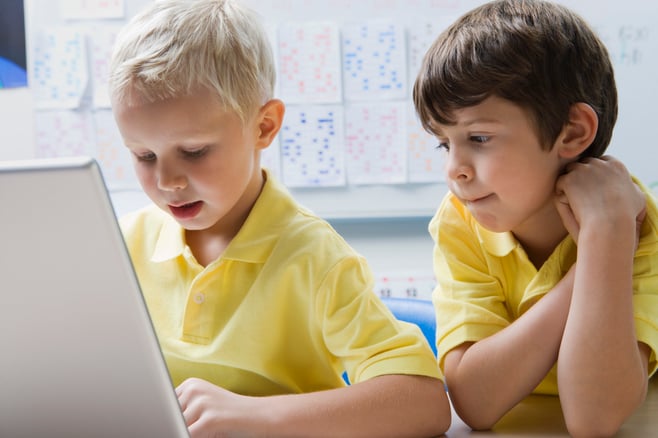
The new National Curriculum for Computing in the UK states that “a computing education also ensures that pupils become digitally literate – able to use, and express themselves through, information and communication technology – at a level suitable for the future workplace and as active participants in a digital world.”
Gamification
Use the words “fun” or “game” in a classroom full of students and you are more than likely to get their attention. This is the reason why developers, teachers and other personnel are constantly looking for ways to use new technology in education.
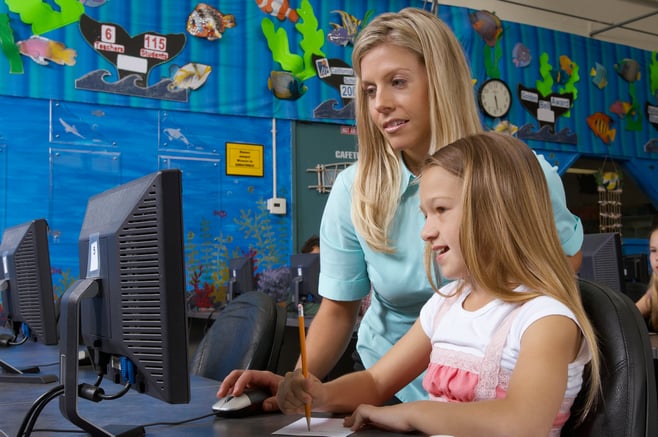
Gamification allow students to learn subjects such as algebra through programs with game-like features, such as completing missions. They require extra attention, but the kind of attention that today’s students are more than happy to give.
STE(A)M
The push for more education in the science, technology, engineering and mathematics departments has been ongoing for a number of years now. But a trend that seems to be on the rise is the addition of an “A” in the STEM acronym.
Arts, crafts and other creative outlets are making a comeback. These skills are being nurtured to provide a break from screen time, and to remind the world that computers can’t replace human beings in these kinds of departments.
So, these are the latest trends in educational technology that we expect to see in schools during 2017. The education sector is becoming more integrated with the digital world, and schools are constantly looking for products and tools that will make this easier to achieve.
Skooler’s solution helps schools and students with areas such as student privacy, blended learning and digital literacy all on one platform. If you’d like to learn more simply request a demo to try it out yourself.
